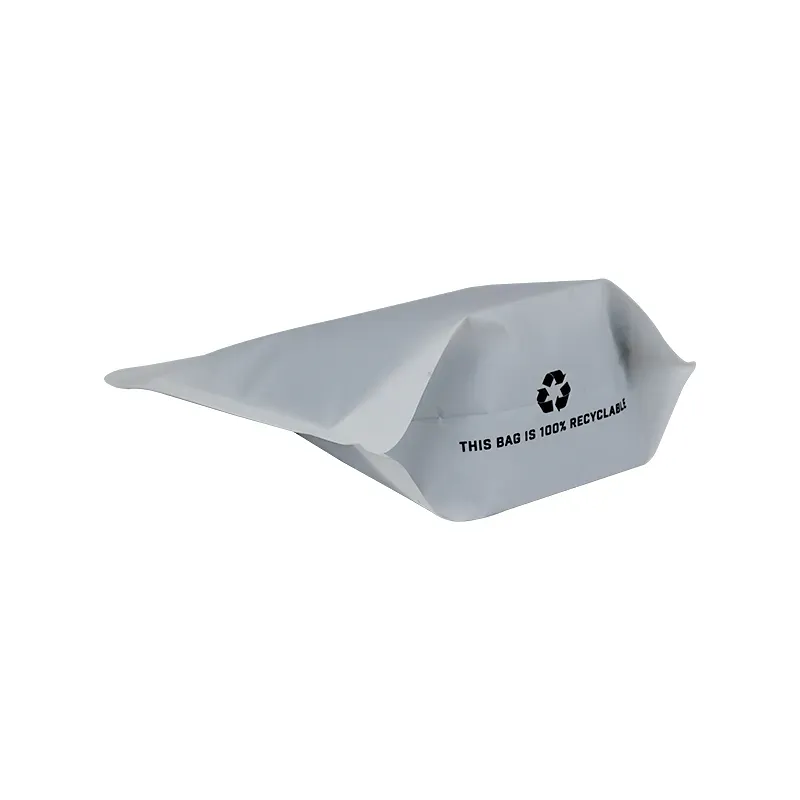- Afrikaans
- Albanian
- Amharic
- Arabic
- Armenian
- Azerbaijani
- Basque
- Belarusian
- Bengali
- Bosnian
- Bulgarian
- Catalan
- Cebuano
- chinese_simplified
- chinese_traditional
- Corsican
- Croatian
- Czech
- Danish
- Dutch
- English
- Esperanto
- Estonian
- Finnish
- French
- Frisian
- Galician
- Georgian
- German
- Greek
- Gujarati
- haitian_creole
- hausa
- hawaiian
- Hebrew
- Hindi
- Miao
- Hungarian
- Icelandic
- igbo
- Indonesian
- irish
- Italian
- Japanese
- Javanese
- Kannada
- kazakh
- Khmer
- Rwandese
- Korean
- Kurdish
- Kyrgyz
- Lao
- Latin
- Latvian
- Lithuanian
- Luxembourgish
- Macedonian
- Malgashi
- Malay
- Malayalam
- Maltese
- Maori
- Marathi
- Mongolian
- Myanmar
- Nepali
- Norwegian
- Norwegian
- Occitan
- Pashto
- Persian
- Polish
- Portuguese
- Punjabi
- Romanian
- Russian
- Samoan
- scottish-gaelic
- Serbian
- Sesotho
- Shona
- Sindhi
- Sinhala
- Slovak
- Slovenian
- Somali
- Spanish
- Sundanese
- Swahili
- Swedish
- Tagalog
- Tajik
- Tamil
- Tatar
- Telugu
- Thai
- Turkish
- Turkmen
- Ukrainian
- Urdu
- Uighur
- Uzbek
- Vietnamese
- Welsh
- Bantu
- Yiddish
- Yoruba
- Zulu
retort manufacturing
Understanding Retort Manufacturing A Critical Aspect of Modern Food Processing
Retort manufacturing plays a pivotal role in the food processing industry, particularly in the production of canned and packaged foods. This compelling method involves sealing food in containers, such as cans or jars, which are then subjected to heat and pressure in a retort, effectively ensuring the product's safety and extending its shelf life. As consumer demand for convenience and long-lasting food products continues to grow, the significance of retort manufacturing cannot be overstated.
A retort is a specialized piece of equipment designed to hermetically seal containers and then heat them to a specific temperature for a predetermined period. This process eliminates pathogenic microorganisms and reduces spoilage, making the food safe for prolonged storage. The retort operates similarly to a pressure cooker, using steam and pressure to cook the food within the sealed container. This method not only preserves the food's nutritional value but also retains its flavor and texture, which are often lost in other preservation methods.
The manufacturing process begins with selecting high-quality raw materials. Ingredients are prepared, cleaned, and often pre-cooked or blanched to ensure they are microbiologically safe. After preparation, the food is placed into containers, which are then securely sealed. The sealing process is critical; any leaks could lead to contamination and spoilage. Modern sealing technologies ensure that containers are airtight and leak-proof before the retort process begins.
Once sealed, the containers are placed in the retort, where they are subjected to a controlled heating cycle. The temperature and time are carefully monitored to achieve the desired level of sterility. This step is crucial, as insufficient heating can lead to foodborne illnesses, while excessive heat may compromise the food's quality. Leading manufacturers employ advanced monitoring systems to ensure precise control over these variables, often using automated processes to enhance efficiency and reliability.
retort manufacturing

Post-processing, the containers are rapidly cooled to halt the cooking process and maintain the integrity of the food. After cooling, products are inspected for defects which could include leaks, dents, or improper seals. This quality control step is essential in maintaining consumer safety and ensuring product durability.
Sustainability has increasingly become a focal point in retort manufacturing. Many manufacturers are adopting eco-friendly practices by optimizing energy use during the heating process, as well as exploring recyclable materials for packaging. Innovative approaches, such as using solar energy for heating and reducing water consumption, are being developed. By investing in sustainable practices, the industry not only addresses environmental concerns but also meets the growing consumer demand for responsible production methods.
Additionally, the rise of consumers seeking ready-to-eat meals has significantly influenced the retort manufacturing sector. As lifestyles become busier, the market for convenient, shelf-stable meals is expanding. Manufacturers are responding by creating a variety of products, from gourmet meals to traditional comfort foods, all processed through retort technology. This flexibility in product offerings also allows businesses to cater to a diverse customer base, including those with dietary restrictions or preferences.
In conclusion, retort manufacturing is a vital component of the food processing industry, merging technology, safety, and sustainability to deliver high-quality food products to consumers. As the industry continues to evolve with advancements in technology and an emphasis on environmental responsibility, retort manufacturing is poised to remain at the forefront of food processing solutions, meeting the demands of a rapidly changing market while ensuring food safety and quality. This blend of innovation and tradition underscores the importance of retort manufacturing in today’s food supply chain.













